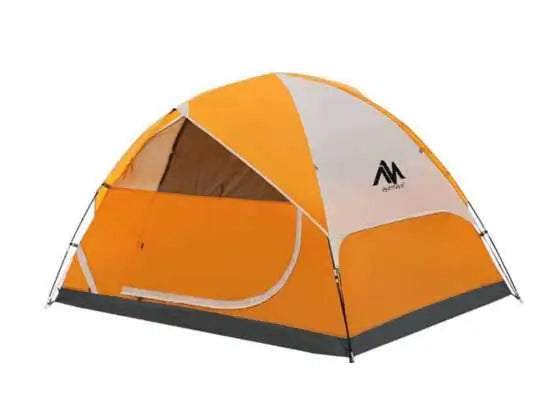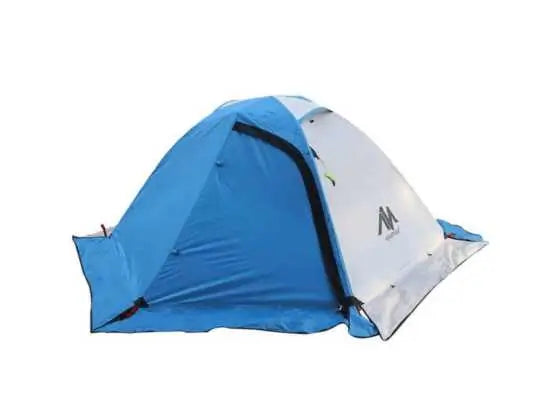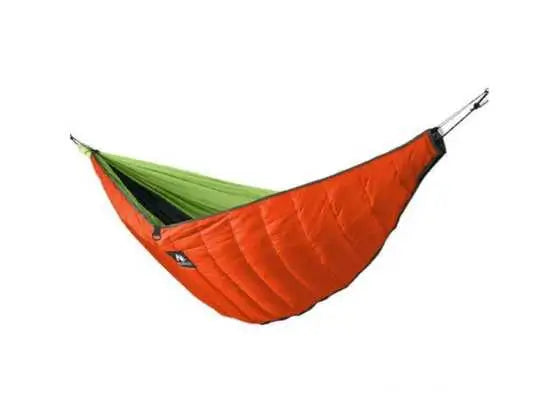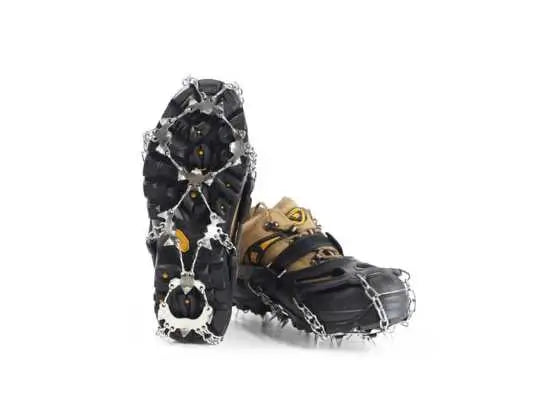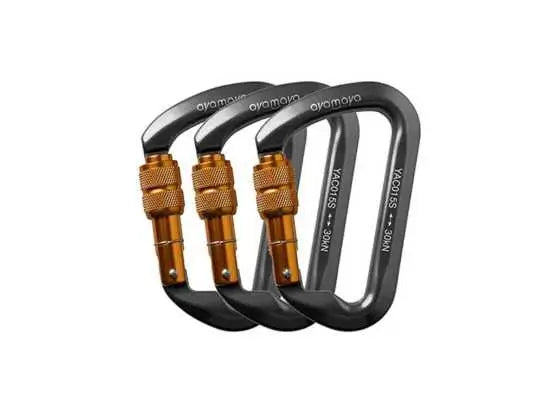Introduction
It would be best if you had a crampon for secure travel in ice and snow. Then, you don't have to worry about how you will cross the glaciers and snow when you own them. Crampons are a fantastic invention that eliminates the need for leather and synthetic leather boots. Crampons are made of a semi-rigid material with a horizontal frame. As a result, they are lighter and provide a better fit during your ice-climbing expedition.
Because crampons are specialized for their tasks, you will admire them. They are ultra-lightweight traction devices that will make day-to-day walking easier. This post will concentrate on ways through which you can care for your crampon.
Check the tips below that will guide you when ensuring that your crampon is in good condition.
It would be best if you inspected the crampon bindings
Before you set out for any expedition with your crampons on, you need to do a thorough inspection of your crampon before you start using them. Here are the tips that you should focus on when inspecting the bindings;
- Ensure that there are no loose screws or rivets. If you notice a loose rivet, take time to tighten it or replace the rivets if they are not in good condition.
- Straps and buckles are vital in every expedition. If the straps are worn out, make sure that you replace them before you set out.
- The bails should be in good shape and will be able to fit the radius of the boots. It would be best to try this at home so that it won't surprise you while you are at your destination.
- The boot crampon interface is vital. Make sure that the boot welts are still capable of securing your toes properly. The heel should also properly fit.
- Don't forget to carry spares such as a wrench, baling wire and other spare parts such as the straps and the bails screws.
Sharpening the points.
For a crampon to be effective, the points need to be sharp. After every expedition, your crampon is usually blunt, and you will need to sharpen it, especially when you are walking in rocks.
You may use a mill bastard file and ensure that the file is in the direction of the points. Don't be tempted to use the grinding wheel because it generates heat that breaks the metal's bonds, weakening it; when sharpening, you need to file the points to make them as sharp as possible. Be careful not to cause a bend because you must maintain a straight line from the frame tip.
It would be best if you had the following tools before you sharpen your crampon:
- Work gloves
- Flat bastard mil hand file
- Clean rags
- A well-lit workspace
Steps for sharpening the points:
- Before you start sharpening your crampon, clean them first, and give it a proper rinsing. Wipe it with a rag to remove any dirt that may hide in hard to reach areas, allow it to dry before you go to the next step.
- You then put on your work gloves and pick up one of the crampons, and hold it firm in your hand
- When it is firmly held in your hands, use a file to file the edges of each point. Note that files will work only when you are pushing forward. Apply pressure only when you are doing a forward stroke. Focus only on the thin edges of the tour crampon.
- Check if the crampon is sharp. You may use your thumb to check if it is sharp. You don't need a razor-sharp edge for mountaineering, but ensure that you have a fine sharp point. If you are doing technical climbing and front-pointing, it should be sharp.
- Finally, wipe it clean when you are sure that the points are sharp. You can use the remaining rag to wipe it clean, and You do not need any metal fillings that the file removes.
Your safety is important
Note that when the crampon teeth are very sharp, they are best in ice and perform well when walking on delicate ice. However, be aware that It can cause problems also to your clothes, skin and ropes. Follow the following safety tips so that you don't end up with problems.
- You need to use a padded crampon case to Cary your crampon. It is a convenient choice that has a strong make which is puncture-resistant nylon.
- You also need to have rubber point covers which is less bulky and less expensive so that the tips won't pierce through your skin to your clothes.
Storage options for our crampon
As part of the care provision, you need to store your crampon well. Ensure that you dry it well before you store it. Failure to dry it means that it will easily rust and therefore interfere with the durability. Before storing your crampons, make sure they're completely dry. Coat them with a little oil or a water-displacement spray like WD-40 if you're storing them for the season.

Conclusion
The care tips for your crampon are easy to follow. It does not need any expertise. That is why it won't be nice to damage a crampon because of failure to adhere to simple rules. Crampons are expensive, and therefore proper care is essential if you are working under a stringent budget. Do the right thing and you will never have to go wrong in your expedition.

